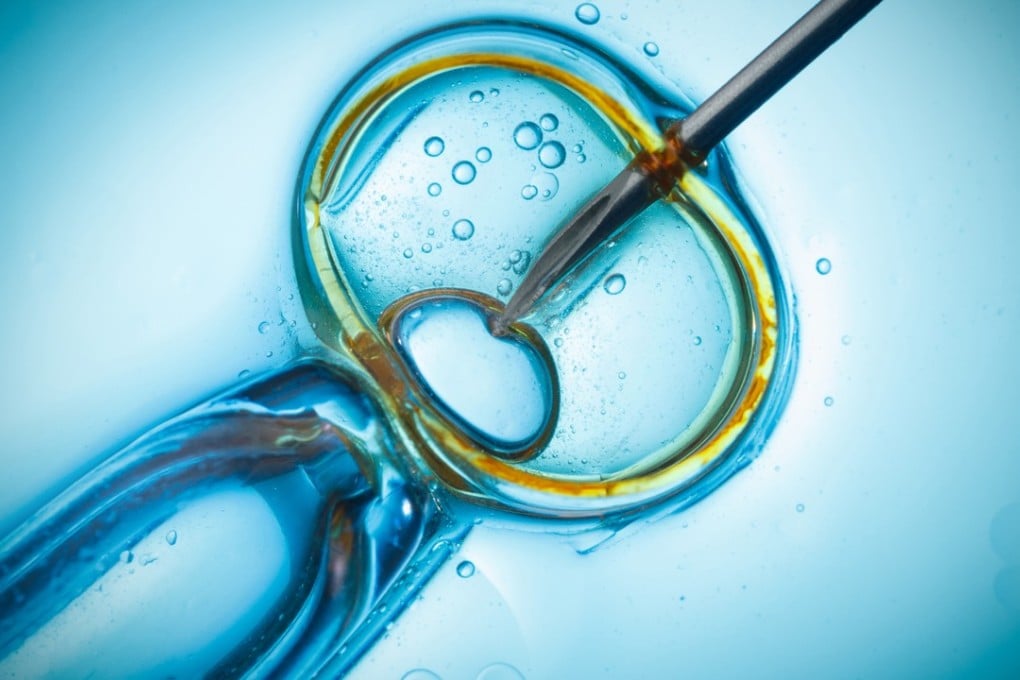Fertility in numbers: how having children in Hong Kong has changed over the years
The number of women deciding not to have children more than doubled from 9.8 per cent in 1992 to 23.4 per cent in 2012

There has been a definable shift in Hong Kong’s fertility and birthing trends in recent decades, with more women choosing to have fewer or even no children.
Excluding domestic helpers, the city’s fertility rate fell from 65.2 live births per 1,000 females aged 15–49 in 1981 to a low of 24.9 in 2003, when the Sars outbreak was at its peak, according to Census and Statistics Department data.
Fertility rates then started to rebound, reaching 33.6 by 2011, while the median marriage age for women continued to rise, reaching 29 by 2011.
Around the same period, a Family Planning Association study found the number of Hong Kong women opting not to have children more than doubled from 9.8 per cent in 1992 to 23.4 per cent in 2012.
Despite the increase, having one child was still the most popular option in 2012, with more than 37 per cent of respondents saying one was desirable, while 32 per cent opted for two.